When I was assigned as the Plant Manager of this large (1,300 people) chemical plant, I had a formidable challenge, which is why I developed Partner-Centered Leadership approach.
This was about the poorest performing of DuPont’s 150 plants world-wide.
Note: “In the system” means to be wholly integrated with, rather than apart from.
I had been Plant Manager of the DuPont Plant in Niagara Falls, NY, so this change was a challenge for me and for the Belle Plant people. I did not know the people or the culture of West Virginia and I was told by my VP to improve all aspects of the plant’s performance or face a potential shutdown with the loss of 1,300 jobs.
I was an outsider – no one trusted me, and they were strongly opposed to change. It was ugly at first, with several death threats and other stuff.
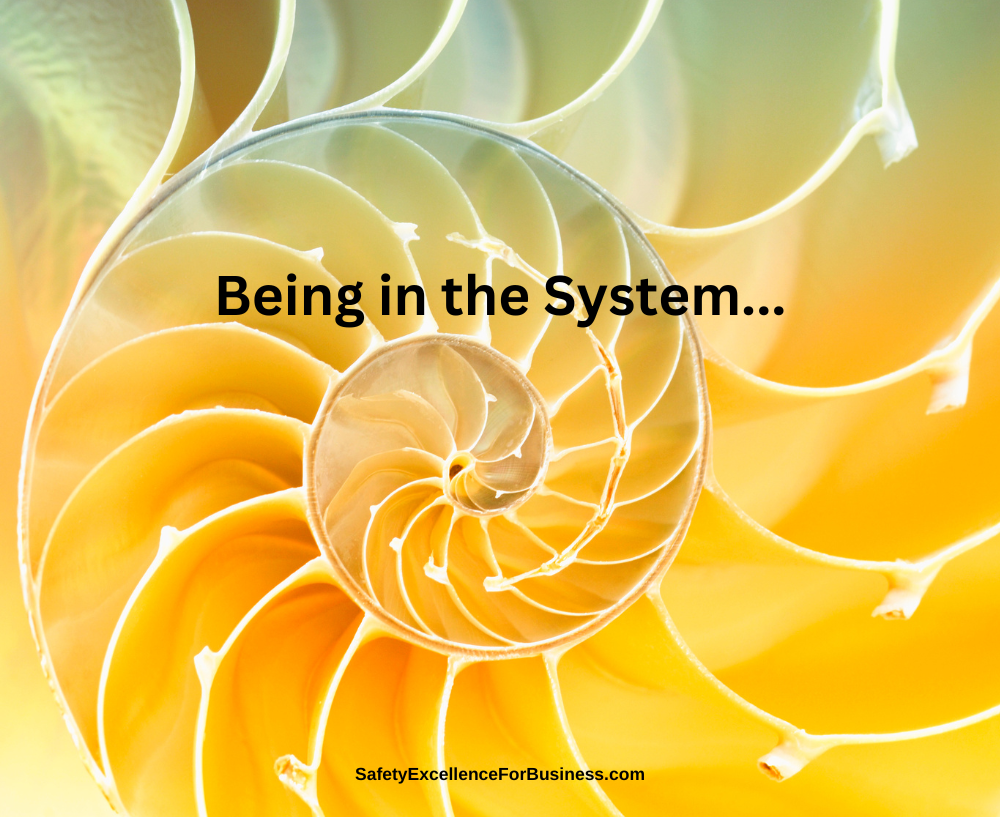
I knew that the traditional top-down management approach would not work; it had failed with others for years. I knew that I had to personally engage with all the people, build trust, and share with them why we had to change in a way where the people would want to listen. I had to change from my top-down approach and have the courage to go into the plant every day and personally talk with everyone – sharing information, cheerleading, learning about them, their work, their lives, and instilling a caring about our collective future.
I heard a lot of anger, gripes and frustration so I had to listen and learn.
I walked the plant every day for about 5 hours a day. Gradually, the tensions began to go down. Many of the conversations I had were simple one-on-one interactions. I also held two business meetings each week in different shops, control rooms, and offices; the minutes of these were published within 30 hours so that communications increased.
I found that most of the people were quite intelligent, knew their work, and were frustrated by the top-down management they had experienced – where they were treated as if they did not have a brain and had to be told what to do. They had been treated condescendingly. I treated them not as employees but as “people”, which made a huge shift – genuine people – all on the same team.
After about a year, things were beginning to change. Our mission was to be the best we could be in safety performance, environmental performance, quality, costs, customer service, and interactions with our neighboring community. We were treating each other with respect, listening to each other, asking questions, learning and solving problems faster than we ever imagined.
After four years, the changes were quite significant. Our injury rate had dropped by 97%, emissions to the environment (as reported to the EPA) were down 95%, productivity was up 45%, and earnings were up 300%. I talked with the people about all these things, but they came up with making the needed improvements.
It was wonderful to see people grow, learn, solve problems, and make a big difference. My job was to set the conditions so that they could thrive. We continued to improve all during my 8 years of being with the people and in the system.
My leadership process was sharing information abundantly, treating people with respect, listening and learning, and helping people see the importance of their contributions to the success of the whole plant. They sustained their 0.3 total injury rate performance for 15 years after I had left the plant.
Partner-Centered Leadership – The Process
It was in these intense experiences at the Belle Plant that I developed the Partner-Centered Leadership approach, as well as the Process Enneagram tool that was so effective in helping us to lead well.
Partner-Centered Leadership is a dynamical way to lead organizations. It is built on the fact that there is deep knowledge among the people, which is a huge resource to the organization, and most people want to contribute. Using the Partner-Centered Leadership approach, this resource can be opened up – providing new ideas, better ways of working, new business possibilities, personal growth of individuals, high morale, and the business getting much stronger.
For this to be successful, managers and supervisors must have the courage to lead by example, be more open, creating, leading and sustaining a culture of openness, honesty and truly caring about each other. Leaders need to understand that strong, purposeful relationships among the people must be cultivated and nurtured. They must treat each other with respect, listen, talk together and continuously learn.
Everyone needs to be open to feedback and improvement. Everyone could talk with anyone. Leaders co-create, with the people, a shared mission, develop their agreed upon standards of behavior which apply to everyone, and share information abundantly about all aspects of the business and how we are all doing as they work together. As the leaders lead by example, there will be more and more people joining in to help. Success is contagious.
The leaders need to help everyone see the system in which they are working so they are able to see the parts, the interaction of the parts, and how they can work most effectively together. Just focusing on one problem after another is like playing “Whack-A-More” and the problems never go away. When we can see the system, talk about it together, discover key interactions, we are much more likely to solve the underlying problems and achieve real improvement. As we all learn together, more and more people self-organize around, form ad hoc teams and solve problems themselves.
Partner-Centered Leadership – the Process Enneagram Tool
The Process Enneagram is a highly effective tool the leader can use with everyone to help to see the system and develop better ways of working together. In using it ,we can see our problems from 9 simple perspectives: see the parts, the whole and the interaction of the parts, and how they interact.
Here is a picture of the Process Enneagram tool. I have made the theory and use of the Process Enneagram open source on my YouTube site.
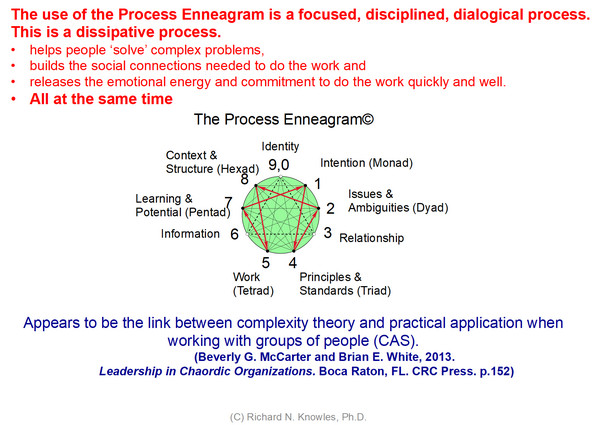
Give me a call at 716-622-6467 and let’s chat about how you can learn and apply this process in your work.
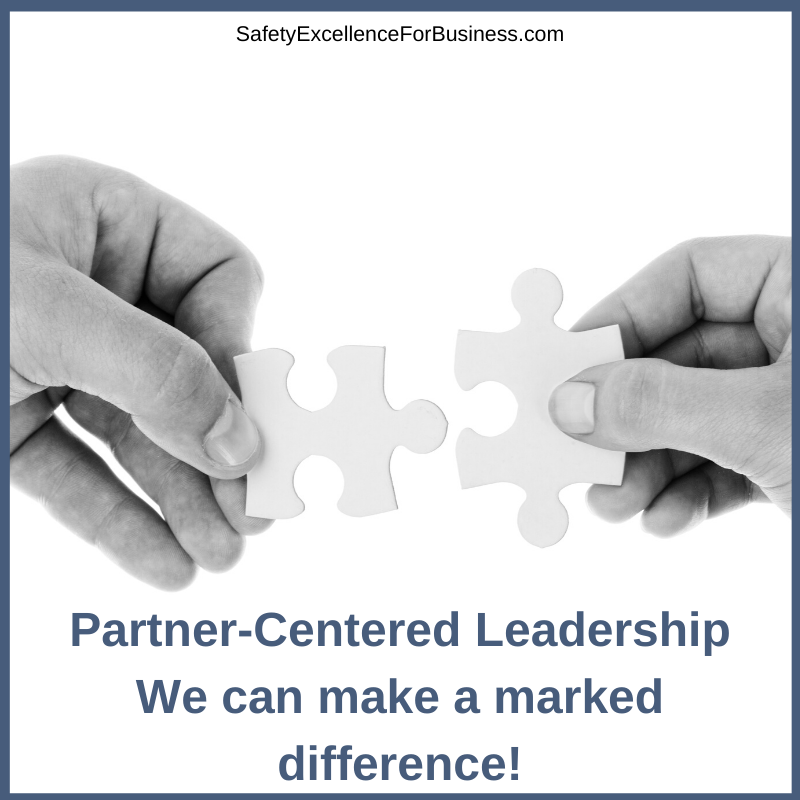
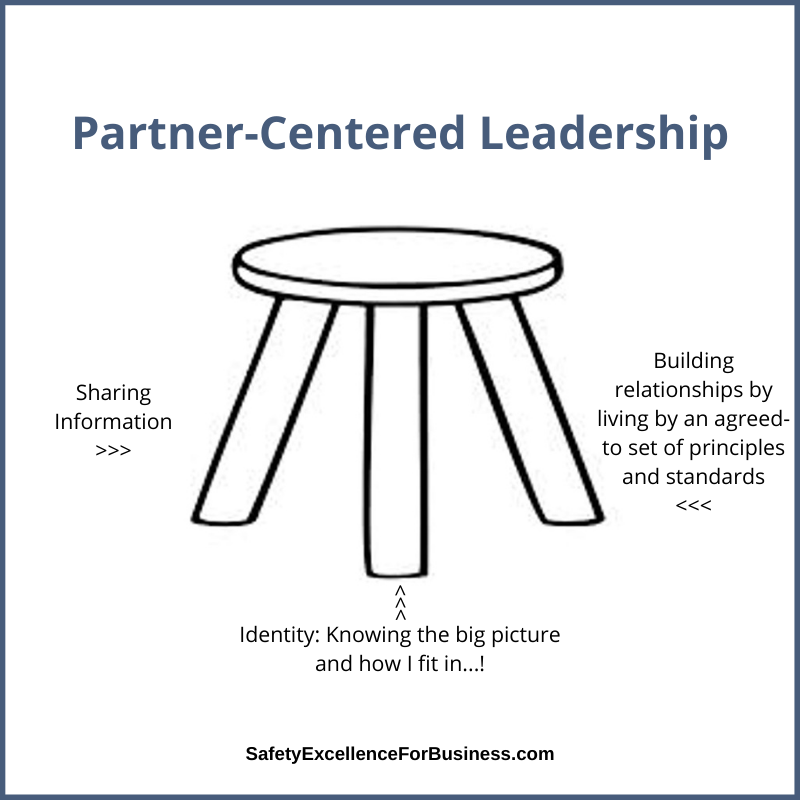
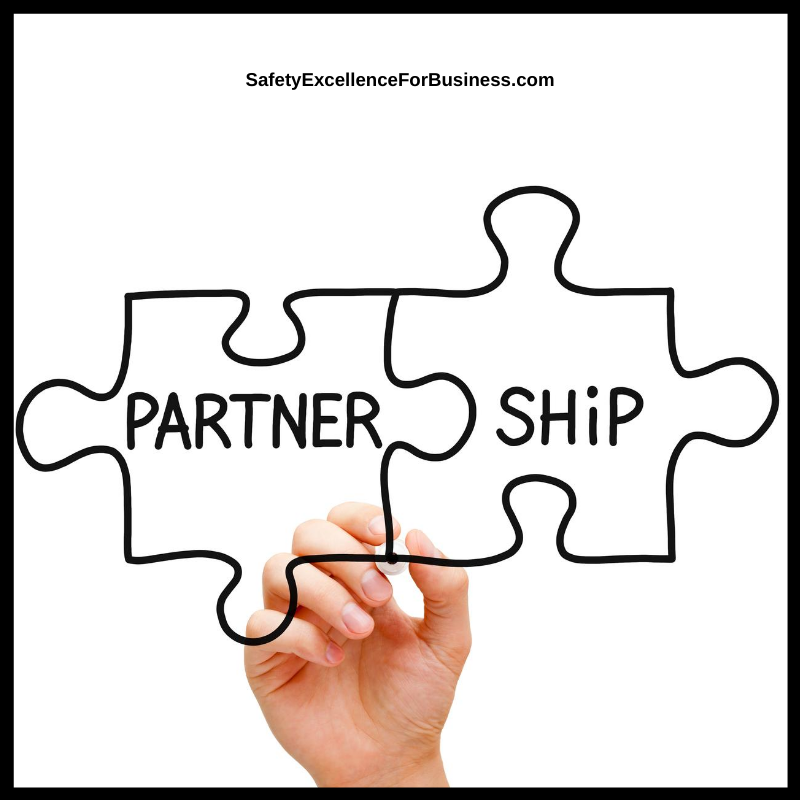 When I was transferred to the DuPont Belle, West Virginia plant in 1987, the Total Recordable Injury Case Rate (TRC) was about 5.8 and emissions to air, water and ground, as reported in the EPA Toxic Release Inventory (TRI) annual report, was over 6,000,000 pounds/year. Within three years, both of these had dropped by about 95% to a TRC of about 0.3 and a TRI of about 275,000 pounds/year. Emissions to the environment is one way to measure how well the process safety is working; the better the process safety work, the lower the emissions to the environment.
When I was transferred to the DuPont Belle, West Virginia plant in 1987, the Total Recordable Injury Case Rate (TRC) was about 5.8 and emissions to air, water and ground, as reported in the EPA Toxic Release Inventory (TRI) annual report, was over 6,000,000 pounds/year. Within three years, both of these had dropped by about 95% to a TRC of about 0.3 and a TRI of about 275,000 pounds/year. Emissions to the environment is one way to measure how well the process safety is working; the better the process safety work, the lower the emissions to the environment.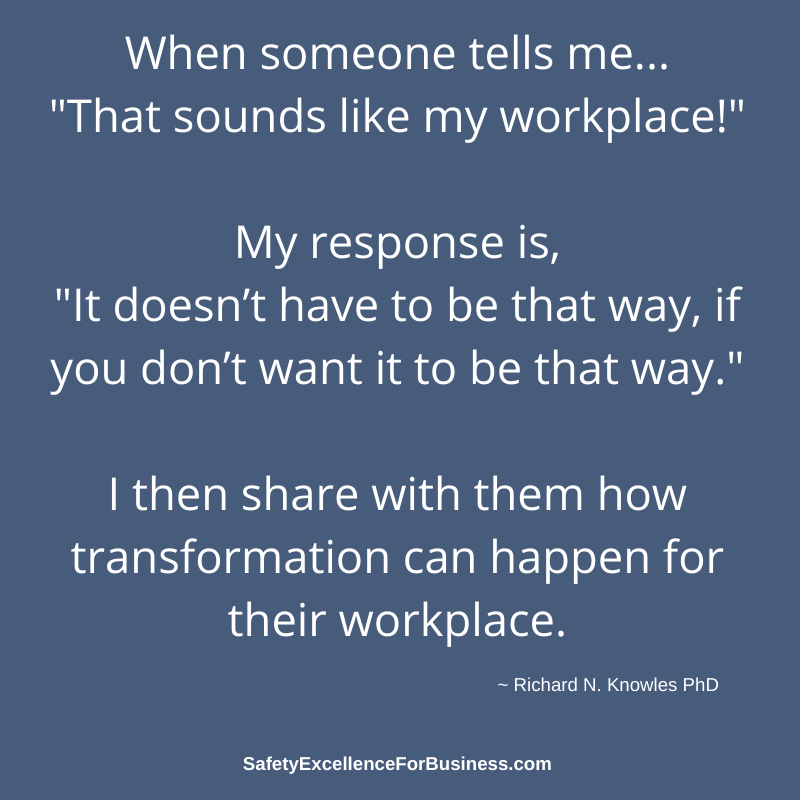 The process safety management collapsed in January of 2010 with major, accidental releases to the air and river and they had a man get killed with a phosgene release. When the US Chemical Safety Board investigated in late 2010, they reported that while the occupational safety and health performance was the best in the DuPont Company, the process safety management had fallen apart and the plant was not even using the DuPont standard procedures. This was a sad commentary about how far things had fallen.
The process safety management collapsed in January of 2010 with major, accidental releases to the air and river and they had a man get killed with a phosgene release. When the US Chemical Safety Board investigated in late 2010, they reported that while the occupational safety and health performance was the best in the DuPont Company, the process safety management had fallen apart and the plant was not even using the DuPont standard procedures. This was a sad commentary about how far things had fallen. Artificial intelligence and robots, block chains and bitcoins, the opioid epidemic, political strife, and workplace violence, international worries and potential conflicts are some of the challenges facing all of us. There is a critical need for people, in all walks of life, to come together to openly and honestly talk about our challenges, share our thinking and learn together. We do not have to be blindly swept along. We can make decisions and do the things that we need to do to help to make the world a better place.
Artificial intelligence and robots, block chains and bitcoins, the opioid epidemic, political strife, and workplace violence, international worries and potential conflicts are some of the challenges facing all of us. There is a critical need for people, in all walks of life, to come together to openly and honestly talk about our challenges, share our thinking and learn together. We do not have to be blindly swept along. We can make decisions and do the things that we need to do to help to make the world a better place.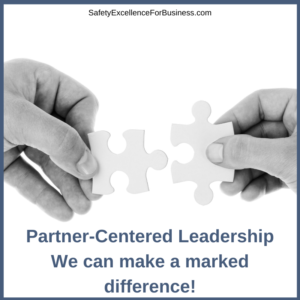 When I talk about safety. my thinking goes well beyond the traditional safety numbers, training and procedures. It includes ideas about respect and how everyone has agreed to work together. It includes ideas about personal responsibility, integrity and dedication to helping everyone improve. It includes openness, honesty and sharing information abundantly. It includes ideas about the deeper, often hidden patterns of behavior which have a profound impact on the work environment and drive much of the behavior. It includes the fact that the managers and leaders have the largest impact on their organization’s performance. It includes the understanding that managers focus on reliability, stability, predictability and control as they try to maintain the status quo and that leaders focus on the people, change and the future sharing information abundantly, treating people with respect and helping people find meaning in their work. Both good leaders and managers are needed.
When I talk about safety. my thinking goes well beyond the traditional safety numbers, training and procedures. It includes ideas about respect and how everyone has agreed to work together. It includes ideas about personal responsibility, integrity and dedication to helping everyone improve. It includes openness, honesty and sharing information abundantly. It includes ideas about the deeper, often hidden patterns of behavior which have a profound impact on the work environment and drive much of the behavior. It includes the fact that the managers and leaders have the largest impact on their organization’s performance. It includes the understanding that managers focus on reliability, stability, predictability and control as they try to maintain the status quo and that leaders focus on the people, change and the future sharing information abundantly, treating people with respect and helping people find meaning in their work. Both good leaders and managers are needed. A wicked question is one where it is so complex that there is no final answer. We work to the best solution we can, which works for some period of time, then we have to revisit it again as conditions change. (The wicked question keeps repeating, sometimes reminding us of a bad penny – that keeps showing up at inopportune times!)
A wicked question is one where it is so complex that there is no final answer. We work to the best solution we can, which works for some period of time, then we have to revisit it again as conditions change. (The wicked question keeps repeating, sometimes reminding us of a bad penny – that keeps showing up at inopportune times!)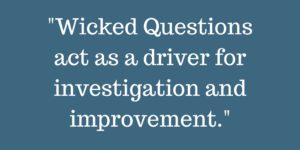 We need to approach this from the whole systems perspective since everything is connected to everything else. Experience shows that if we try to just fix one part of the system or another, we will wind up making other parts worse.
We need to approach this from the whole systems perspective since everything is connected to everything else. Experience shows that if we try to just fix one part of the system or another, we will wind up making other parts worse.


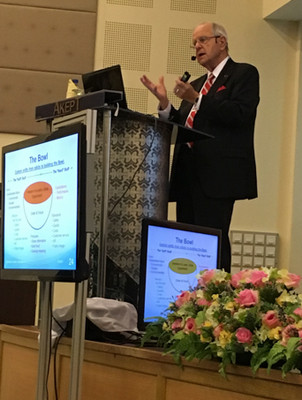
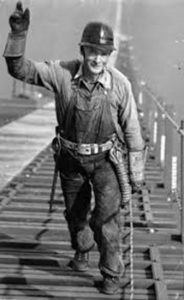 Consider the Golden Gate Suspension Bridge (San Francisco) built between 1933 and 1937, an architectural marvel, thought to be impossible because in order to bridge that 6,700 ft. strait, in the middle of the bay channel, against strong tides, fierce winds, and thick fog, meant overcoming almost impossible odds. But it was built, with a grand opening in May of 1937, deemed, at the time of its completion, to be the tallest suspension bridge in the world as well as the longest. A man named Joseph Strauss engineered many new ideas, including developing safety devices such as movable netting, which saved 19 lives; though in all, there were 11 men lost during this construction. Thousands of men – workers of varying ages and from varied ethnic groups – came together to complete this project. (They had to listen and learn to be successful together.)
Consider the Golden Gate Suspension Bridge (San Francisco) built between 1933 and 1937, an architectural marvel, thought to be impossible because in order to bridge that 6,700 ft. strait, in the middle of the bay channel, against strong tides, fierce winds, and thick fog, meant overcoming almost impossible odds. But it was built, with a grand opening in May of 1937, deemed, at the time of its completion, to be the tallest suspension bridge in the world as well as the longest. A man named Joseph Strauss engineered many new ideas, including developing safety devices such as movable netting, which saved 19 lives; though in all, there were 11 men lost during this construction. Thousands of men – workers of varying ages and from varied ethnic groups – came together to complete this project. (They had to listen and learn to be successful together.)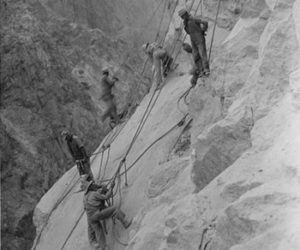 Consider the feat of building the monumental Hoover Dam (1931-1936) – a miracle of technology and engineering. No dam project of this scale had ever been attempted before. There were 21,000 people working at that site with approximately 100 industrial deaths. The walls for this structure – that would uphold the weight of the dam – required workers called “high-scalers” who excavated the cliffs, dangling on ropes from the rim of the canyon. Can you even fathom this?
Consider the feat of building the monumental Hoover Dam (1931-1936) – a miracle of technology and engineering. No dam project of this scale had ever been attempted before. There were 21,000 people working at that site with approximately 100 industrial deaths. The walls for this structure – that would uphold the weight of the dam – required workers called “high-scalers” who excavated the cliffs, dangling on ropes from the rim of the canyon. Can you even fathom this? Consider the great Niagara Power Project (1957-1961). During construction, over 12 million cubic yards of rock were excavated. A total of 20 workers died. When it opened in 1961, it was the Western world’s largest hydropower facility. Many people, including from the “greatest generation” and the “traditionalist generation,” worked together on this project. It was a 24/7, multi-year project.
Consider the great Niagara Power Project (1957-1961). During construction, over 12 million cubic yards of rock were excavated. A total of 20 workers died. When it opened in 1961, it was the Western world’s largest hydropower facility. Many people, including from the “greatest generation” and the “traditionalist generation,” worked together on this project. It was a 24/7, multi-year project. In many of our newsletters, I have talked about helping organizations co-create their safety future using the
In many of our newsletters, I have talked about helping organizations co-create their safety future using the 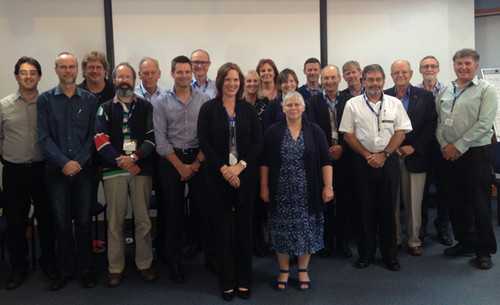
 The first part of this work is sharing all information and talking together about it. Another part is building trust and interdependence with the people as we openly discuss what is happening, what we are doing and why. The third part of this work is helping people to see the big picture and how important their part is to the success of the whole business.
The first part of this work is sharing all information and talking together about it. Another part is building trust and interdependence with the people as we openly discuss what is happening, what we are doing and why. The third part of this work is helping people to see the big picture and how important their part is to the success of the whole business.




